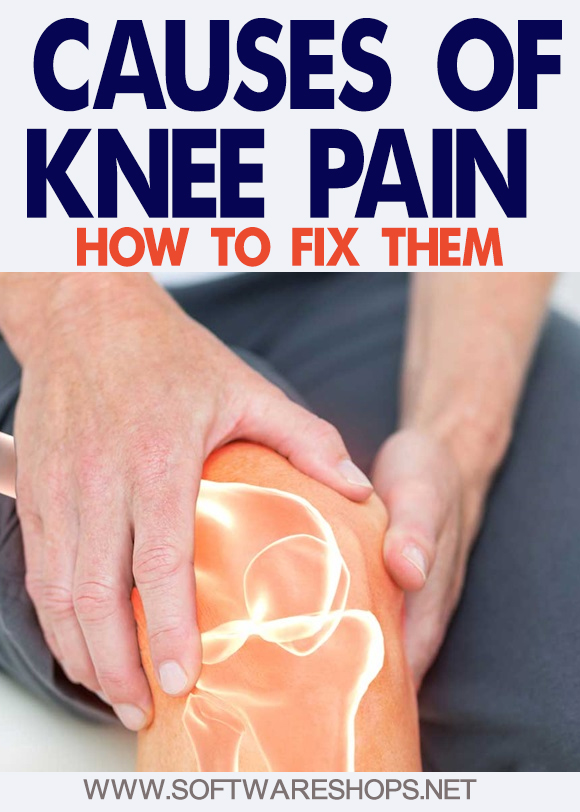So you’ve got knee pain from running. Whether you’re a beginner or a seasoned marathoner, having sore knees after running – or during your runs – is frustrating. We spoke to sports doctor Jordan Metzl, who explains four of the most common causes of knee pain from running, and what you can do about them:
Why do my knees hurt after running?
Why do you run? Because it feels good. Because it relieves stress. Because it enables you to eat cake. I get that because running is also important to me. I’m a 32-time marathoner who knows how frustrating it is to be injured. It’s the reason I became a sports doctor.
Ripping my anterior cruciate ligament playing football when I was in medical school was devastating, but it was the single most important event to influence my work. It’s what drives me to help my patients. Almost every day I treat runners with achy knees. Many are freaked out: can I still run? Will I have to switch to swimming?
Thankfully, most knee problems won’t keep you off the road for long. Here’s what you need to know about common knee injuries.
1. Runner’s knee
Where does it hurt? Pain under your kneecap that feels worse after running and when you walk up or downstairs.
What’s going on? When the patella moves out of alignment during running, the cartilage beneath it becomes irritated.
Treat it:
Reduce mileage
Cross-train with activities that don’t aggravate your knee
Apply ice for 15 minutes five times a day
Take an anti-inflammatory
Foam roll your quads
If the pain continues, see a doctor
Prevent it:
Strength train
Foam roll daily
Shortening your stride can take pressure off your knees. Aim for 170-180 foot strikes per minute
2. Patellar tendinitis
Where does it hurt? Pain below your kneecap and at the top of your shin; it sharpens on the run. Also hurts going up or downstairs.
What’s going on? The force placed on the knee during running can sometimes put too much strain on the patellar tendon.
Treat it:
Stop running until you can do so pain-free; cross-train instead
Apply ice for 15 minutes five times a day
A patellar tendon strap can reduce pain
If it doesn’t improve, see a doctor
Prevent it:
Strength train
Stretch your quads and hamstrings
Foam roll daily
3. Iliotibial band syndrome
Where does it hurt? Pain on the outside of your knee. It usually comes on five minutes into a run and subsides when you’re finished.
What’s going on? The iliotibial band (ITB) runs from your hip to your knee, crossing the knee joint. A fluid-filled sac called the bursa sits between the ITB and the outside of your femur, near your knee. When the ITB is tight, the bursa gets squeezed, causing pain.
Treat it:
You can run unless pain forces a change in your form. Reduce your mileage and cross-train
Foam roll your ITB on the soft part of your outer thigh
If you overpronate, wear motion-control shoes
See a doctor if it persists
Prevent it:
Strong glute and core muscles are key
Foam roll your ITB daily
A shorter, quicker stride can help. Aim for 170-180 foot strikes per minute
4. Osteoarthritis
Where does it hurt?
Pain, swelling, and stiffness in your knee during running or even day-to-day activities.
What’s going on?
The wearing out of hyaline cartilage (lining of the joint) causes the bone to grind on bone.
Treat it:
Keep moving. Activity keeps joints lubricated
Take an anti-inflammatory
Run-on soft surfaces
See a doctor
Prevent it:
Note- The information provided on this page is for general purposes only and should not be taken as professional advice. All the content provided on this page is my own creativity.
Did you enjoy reading this post? If you did, please take a second to share it with your friends. Sharing is caring! Thank you So Much.

